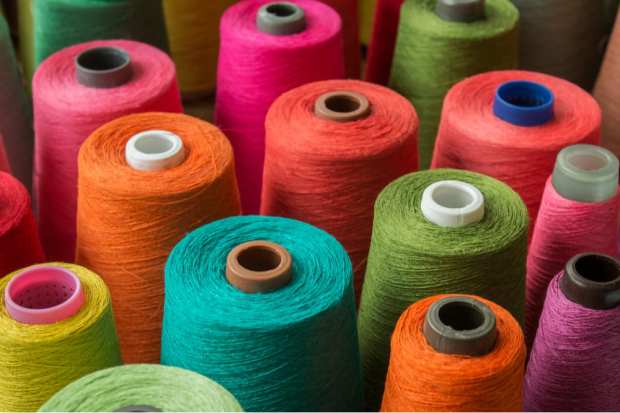Rethreading How Apparel Gets Made

The apparel industry is famous, or perhaps more appropriately infamous, for its high and growing level of environmental impact. Globally, consumers purchased 60 percent more clothing as of the year 2018 than they did in the year 2000 – and are keeping the clothes they buy about half as long. Most of that clothing ends up in a landfill.
Cotton, the most common natural fiber used in clothing, is a water-intensive crop to grow – a single shirt requires about the same amount of water that a human being drinks over the course of two years. It is also a pesticide-intensive crop: Cotton farming uses up about 3 percent of the world’s arable land, and accounts for 25 percent of the world’s insecticide use and 11 percent of its pesticides.
And the situation only gets less green when the raw materials are harvested and it is time for the clothing to actually get produced. Worldwide, around 20 percent of water pollution comes from garment manufacturing, with five trillion liters (1.3 trillion gallons) of water being poured into each fabric dying alone.
On top of all that, an awfully large volume of those threads will be wasted in the traditional apparel manufacturing process, noted Yariv Bustan, Twine’s vice president of product and marketing.
The process that turns white thread into colored thread, which will ultimately be turned into clothing, is often slow, since the production centers and dying factories aren’t one and the same. Once the color is selected and ordered, it goes to the production facility to get turned an item of clothing (or detail on an item of clothing).
But if for any reason the yarn isn’t needed – due to orders that don’t live up to expectations, changing trends, changes in direction or leadership – more likely than not, that thread will end up in a landfill. All in, about 40 percent of dyed thread meets that fate, Bustan said in an interview with Israel21c.
Israel-based Twine was founded to fight apparel waste at this level, replacing the old water- and time-intensive thread-dying process with a cleaner, on-demand model that leverages 3D printing to create a less wasteful method.
The concept is inspired by the print-on-demand model that has become popular in publishing over the last decade and a half, which has seen booksellers shift away from large mass printings in favor of custom printing in response to consumer orders. What Twine does, according to Bustan, is basically the same idea, but uses the 3D printing technology to create colored yarn instead of books.
The process starts when a color is chosen by a firm. White spooled thread is then placed in the Twine digital printer and comes out in the proper shade. The process can also handle multi-colored orders, or dying projects that require a gradient of color.
Most importantly, however, the process requires almost no water and can happen on demand, in contrast to mass-batched orders.
“With Twine, each consumer will be able to have their own virtual inventory,” Bustan said. “They can have all the threads and colors they can think about, without needing even one pre-dyed spool.”
It won’t solve all the waste problems in the apparel industry – too much fabric is still getting shipped to landfills.
Moreover, Twine has expansion to do. Polyester is the most common fabric used in apparel production, and nylon is next on the list. Cotton, the very thirsty and most common natural fabric on the market, is also on the list, but bringing it in will require a few more adjustments and tweaks to the process, as well as a completely different kind of ink.
But, Bustan noted, it is possible for retail apparel players to look at their production process and make an impactful change. In turn, that can motivate a different line of thinking about the sales model in general, and about the value of over-producing versus just-right production goals.
“Instead of producing a product first and then selling it, as in the past, today you first sell the product and then you need to produce it very quickly,” Bustan noted.
